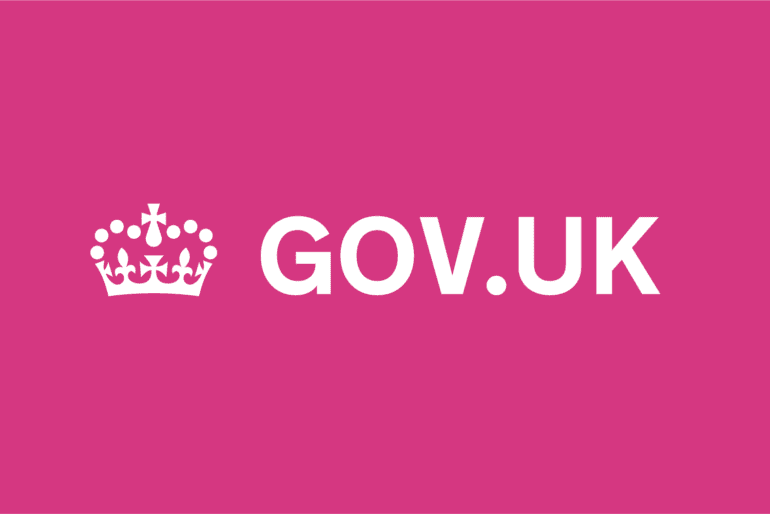TL;DR:
- GDS is using generative AI and an LLM-powered chatbot to enhance GOV.UK’s user experience.
- The initiative aims to improve content publishing and quality management on the platform.
- The chatbot provides answers from the website’s vast content without accessing personal data.
- It efficiently summarizes complex queries, potentially reducing the need to navigate multiple pages.
- User feedback has been positive, but trust and accuracy issues require further attention.
- GDS is collaborating with government agencies and setting up an LLM sandbox for experimentation.
Main AI News:
In a groundbreaking endeavor, the Government Digital Service (GDS) is leveraging generative AI technology to enhance the user experience on the GOV.UK platform. At the recent UKAuthority Automation & Bots4Good conference, Robin Pembrooke, the program lead, unveiled this ambitious initiative aimed at fostering more inclusive access across the nation.
The primary objective of this undertaking is to harness the potential of generative AI and large language models (LLMs) to optimize the platform’s functionality. This includes streamlining the content publishing process and ensuring content quality management. Pembrooke stated, “We believe that this technology holds immense promise and will profoundly influence how individuals engage with GOV.UK. However, we acknowledge the inherent risks associated with adopting new technology.”
The core of this innovation is a chatbot, powered by an LLM, designed to provide answers solely from the vast repository of content available on the website, totaling approximately 800,000 pages. Importantly, it operates without accessing any personal information, prioritizing user privacy.
Pembrooke highlighted that the chatbot’s current iteration excels at swiftly summarizing answers to complex queries, potentially eliminating the need for users to navigate through multiple pages. This time-saving aspect is poised to significantly enhance the efficiency of the platform.
The project advanced to its second phase, involving controlled lab-based testing with 10 internal business users. Their feedback was pivotal in assessing the quality of answers provided by the model. Subsequently, the testing pool expanded to include 1,000 invited users, with live dashboards offering real-time insights into their satisfaction levels regarding the quality of responses.
While preliminary feedback suggests that users found the chatbot more convenient and efficient than existing solutions, Pembrooke acknowledged the importance of addressing trust-related issues and enhancing the accuracy and reliability of responses. He emphasized, “Consistency and accuracy remain significant challenges with LLMs, as these models may occasionally generate inaccurate information. By focusing on our carefully curated dataset, we’ve taken strides to improve accuracy.”
The journey ahead involves further experimentation and refinement to achieve the high levels of accuracy necessary for unmoderated customer service. GDS is establishing a steering group in collaboration with the Central Digital and Data Office, the Department of Business and Trade, and the 10DS data science team. Outreach to other government organizations is also underway, alongside plans to create an LLM sandbox for exploring diverse models and cloud providers.
Conclusion:
The deployment of generative AI and an LLM-powered chatbot by GDS represents a significant step forward in revolutionizing the GOV.UK platform. This innovation has the potential to streamline user interactions, improve content management, and enhance overall efficiency. However, addressing trust and accuracy concerns will be pivotal in ensuring its success. This development underscores the growing influence of AI in shaping user experiences across various markets, signaling the need for businesses to explore AI-driven solutions to remain competitive.

